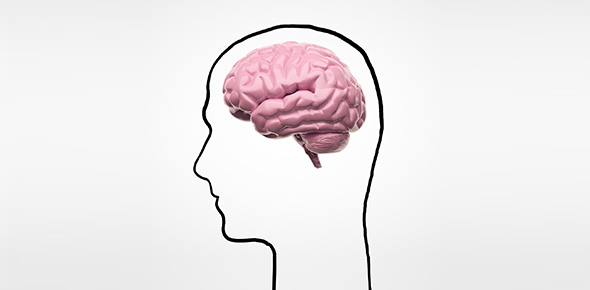Related Flashcards
Related Topics
Cards In This Set
| Front | Back |
|
Cutaneous sense
|
One of the somatosenses; includes sensitivity to stimuli that involve the skin
|
|
Proprioception
|
Perception of the body's position and posture
|
|
Kinesthesia
|
Perception of the body's own movements provided by stretch receptors in skeletal muscles (length) and tendons (force)
|
|
Organic sense
|
A sense modality that arises from receptors located within the inner organs of the body
|
|
Cutaneous sense responses
|
Pressure, vibration, heating, cooling, and events that cause tissue damage (aka touch, temperature, and pain)
|
|
Glabrous skin
|
Skin that does not contain hair; found on palms and the soles of feet
|
|
Ruffini corpuscle
|
A vibration-sensitive organ located in hairy skin; respond to skin indentation....large, diffuse borders with slow adaptation
|
|
Pacinian corpuscle
|
A specialized, encapsulated somatosensory nerve ending that detects mechanical stimuli, especially (rapid) vibrations. Largest sensory end organ in body and wraps around dendrite to signal pain...large, diffuse border with rapid adaptation
|
|
Meissner's corpuscle
|
The touch-sensitive end organs (for glabrous skin) located in the papillae, small elevations of the dermis that project up into the epidermis. Respond to low-frequency vibration or brief taps to skin...small, sharp borders with rapid adaptation
|
|
Merkel's disk
|
The touch-sensitive end organs found at the base of the epidermis, adjacent to sweat ducts and respond to skin indentation...also for glabrous skin...small, sharp borders with slow adaptation
|
|
Touch
|
Movement causes ion channels to open and the flow of ions in/out of the dendrite cause a change in membrane potential...TRPA1 (transient receptor potential protein) seem to transduce auditory/vestibular mechanical info. Small unmyelinated axons may constitute for limbic touch
|
|
Temperature
|
There can be termperature neutrality, basis for what is hot or cold is relative to current/prior adaptation to the environment. Cold sensors right below the epidermis and warm receptors are deeper. thinly myelinated alpha fibers convey info to CNS from cold sensors. warm sensors use unmyelinated C fibers. 8 -52 degrees Celsius is noxious cold/hot. Chemicals such as TRPM8 express cold when bound with menthol
|
|
Pain
|
3 types of nociceptors:1. high threshold mechanoreceptors that are free nerve endings that respond to intense pressure 2. free nerve ending that responds to heat, acids, and capsaicin (TRPV1 for vanilloids) 3. TRPA1 receptors in nociceptive fiber for extreme cold, mustard/wintergreen/garlic oil, horseradish, vehicle exhaust, and tear gas...watches for presence of chemicals that produce inflammation
|
|
Itch
|
Caused by skin irritation and meant to reduce pain, but pain suppresses itching; caused by histamine and allergic reactions. an opiate may reduce pain but increase itching. itch was produced with cowhage spicule and histamine injections
|
|
Somatosensory pathway for specific info
|
Somatosensory axons enter through the spinal nerves (trigeminal nerve/fifth cranial nerve for the face/head). This goes to unipolar neurons in the dorsal root ganglia and cranial nerve ganglia. Specialized local information like fine touch ascend the dorsal columns in the white matter of the spinal cord to nuclei in the lower medulla. Axons then cross the brain and ascend through the medial lemniscus to the ventral posterior nuclei of the thalamus (the relay nuclei for somatosensation). The thalamus projects to the primary somatosensory cortex.
|







